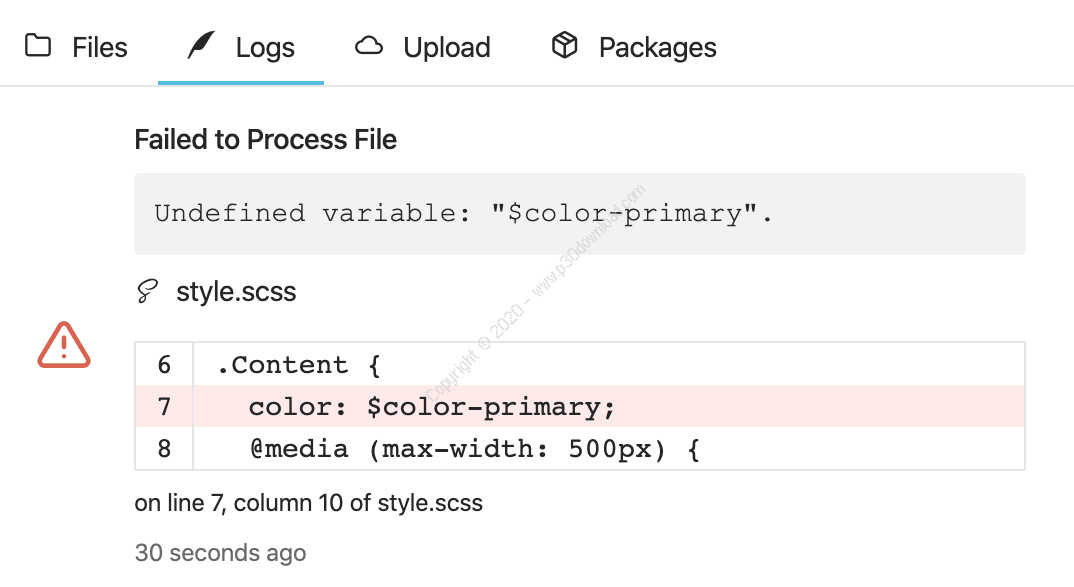

The Transact-SQL date and time data types are listed in the following table: Data typeĠ0:00:00.0000000 through 23:59:59.9999999 Functions that validate date and time values.Functions that set or return session format functions.Functions that modify date and time values.Functions that return date and time difference values.Functions that return date and time values from their parts.Functions that return date and time parts.Functions that return system date and time values.ago"Īlert( formatDate(new Date(new Date - 5 * 60 * 1000)) ) // "5 min.The sections in this article cover all Transact-SQL date and time data types and functions. If (diff component.slice(-2)) // take last 2 digits of every component Let diff = new Date() - date // the difference in milliseconds For instance, browser has performance.now() that gives the number of milliseconds from the start of page loading with microsecond precision (3 digits after the point): JavaScript itself does not have a way to measure time in microseconds (1 millionth of a second), but most environments provide it. Sometimes we need more precise time measurements. Note that unlike many other systems, timestamps in JavaScript are in milliseconds, not in seconds. Use Date.now() to get the current timestamp fast.That’s because a Date becomes the timestamp when converted to a number. Dates can be subtracted, giving their difference in milliseconds.Good for adding/subtracting days/months/hours. Date auto-corrects itself when out-of-range components are set.Days of week in getDay() are also counted from zero (that’s Sunday).

Months are counted from zero (yes, January is a zero month).We can’t create “only date” or “only time”: Date objects always carry both. Date and time in JavaScript are represented with the Date object.

The call to Date.parse(str) parses the string in the given format and returns the timestamp (number of milliseconds from UTC+0). Shorter variants are also possible, like YYYY-MM-DD or YYYY-MM or even YYYY.


 0 kommentar(er)
0 kommentar(er)
